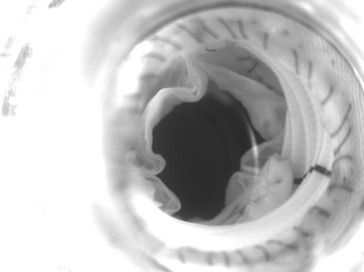Aortic Surgery Clinical Database
The Department of Cardiothoracic Surgery maintains a comprehensive database of aortic operations involving all segments of the aorta from the aortic root to the ascending aorta, aortic arch, descending thoracic aorta, thoracoabdominal aorta, and abdominal aorta. We perform outcomes analyses addressing various aortic pathologies and operations using complex statistical analysis in an effort identify the best techniques for aortic surgery procedures and to achieve optimal outcomes for our patients. Our data have been presented at numerous national and international forums and published in high-impact scientific journals.
The Cornell International Consortium for Aortic Surgery
This is a network of high quality, high volume international aortic centers who collaborate with us to combine data and perform large volume, multi-institutional data analyses. We utilize blinded external analysis of the data by a dedicated group of experts. This has allowed us to compare the outcomes of various surgical techniques across multiple institutions and identify the techniques that lead to optimal outcomes.
Study of Flow Dynamics in the Aorta using 4D-MRI
Two major research projects investigating the flow dynamics in the aortic root after valve-sparing operations in an animal model and in humans are being completed in collaboration with the European Hospital in Rome, the ForeCardioLab in Milan and the Universita’ La Sapienza in Rome. This research activity uses 4D-MRI, computational dynamics and sophisticated in vitro simulators to study the flow in the aortic root. Using 4D-MRI, our group has demonstrated changes in aortic flow physiology after operations on various segments of the aorta and we have compared the physiologic changes inside the aorta using different type of grafts.


Study of the Spinal Cord Circulation and Validation of Spinal Near-Infrared Spectroscopy
The efficacy of spinal near infrared spectroscopy in reflecting the changes in spinal cord circulation is being investigated in a pig model and in clinical practice during repairs of thoracoabdominal aortic aneurysms. Near-infrared spectroscopy is a non-invasive method of assessing tissue perfusion that is being evaluated as an alternative to more invasive and complicated methods such as somatosensory evoked potential or motor evoked potentials.
Study of the Distribution of Retrograde Brain Perfusion
The flow distribution of retrograde cerebral perfusion during operations on the aortic arch in deep hypothermic circulatory arrest is being investigated using highly specific neuronal markers.

